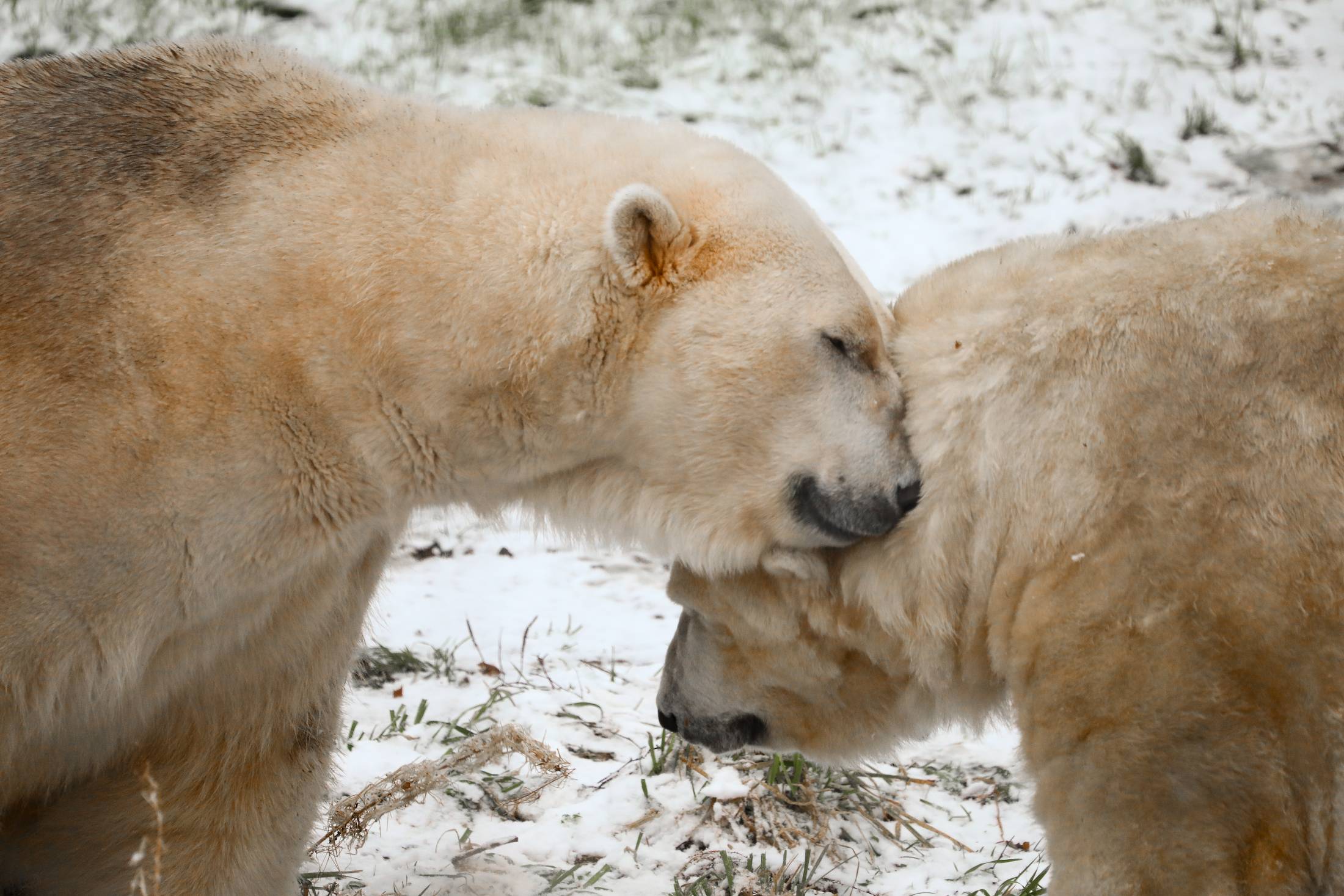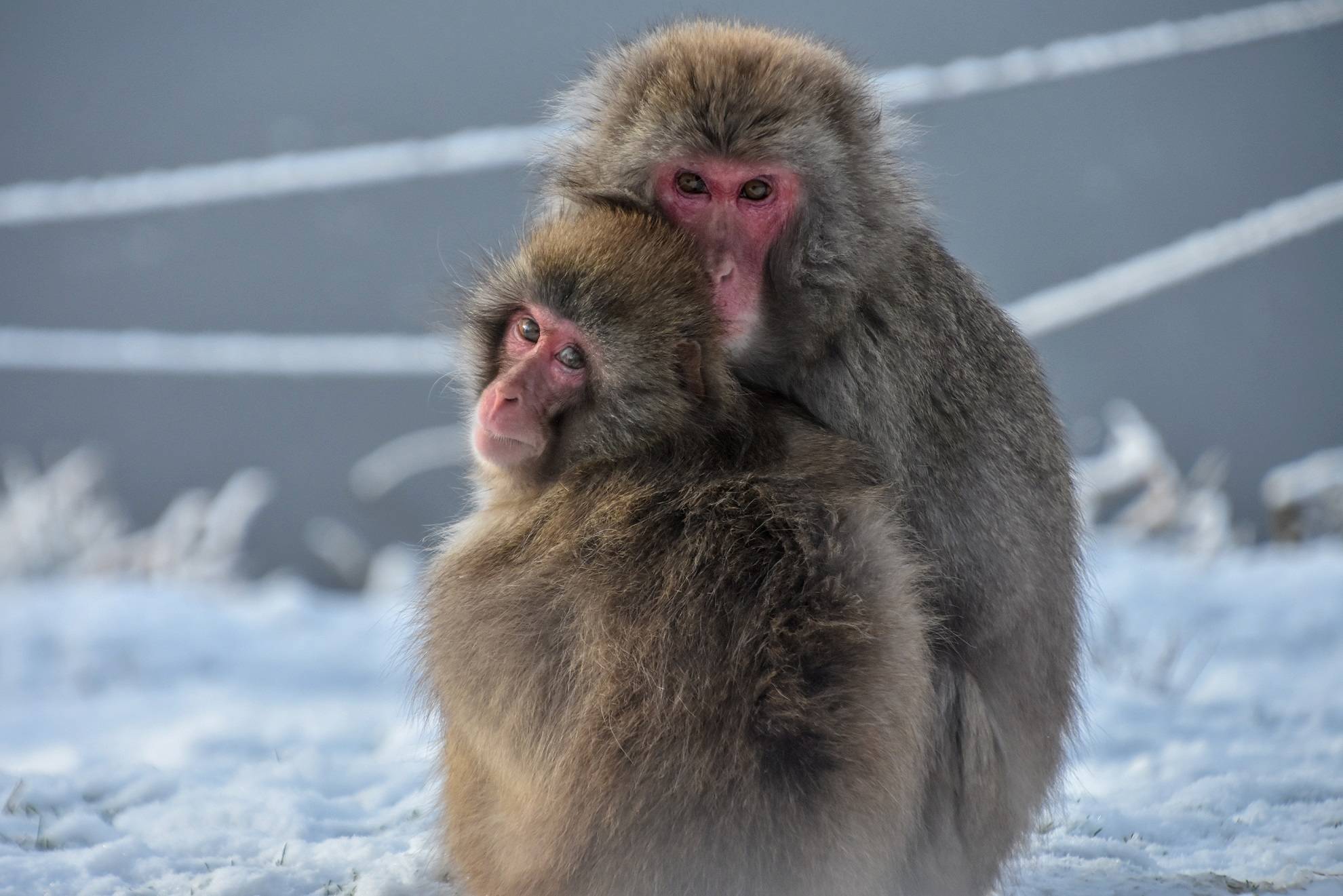Wildcat
Felis silvestris
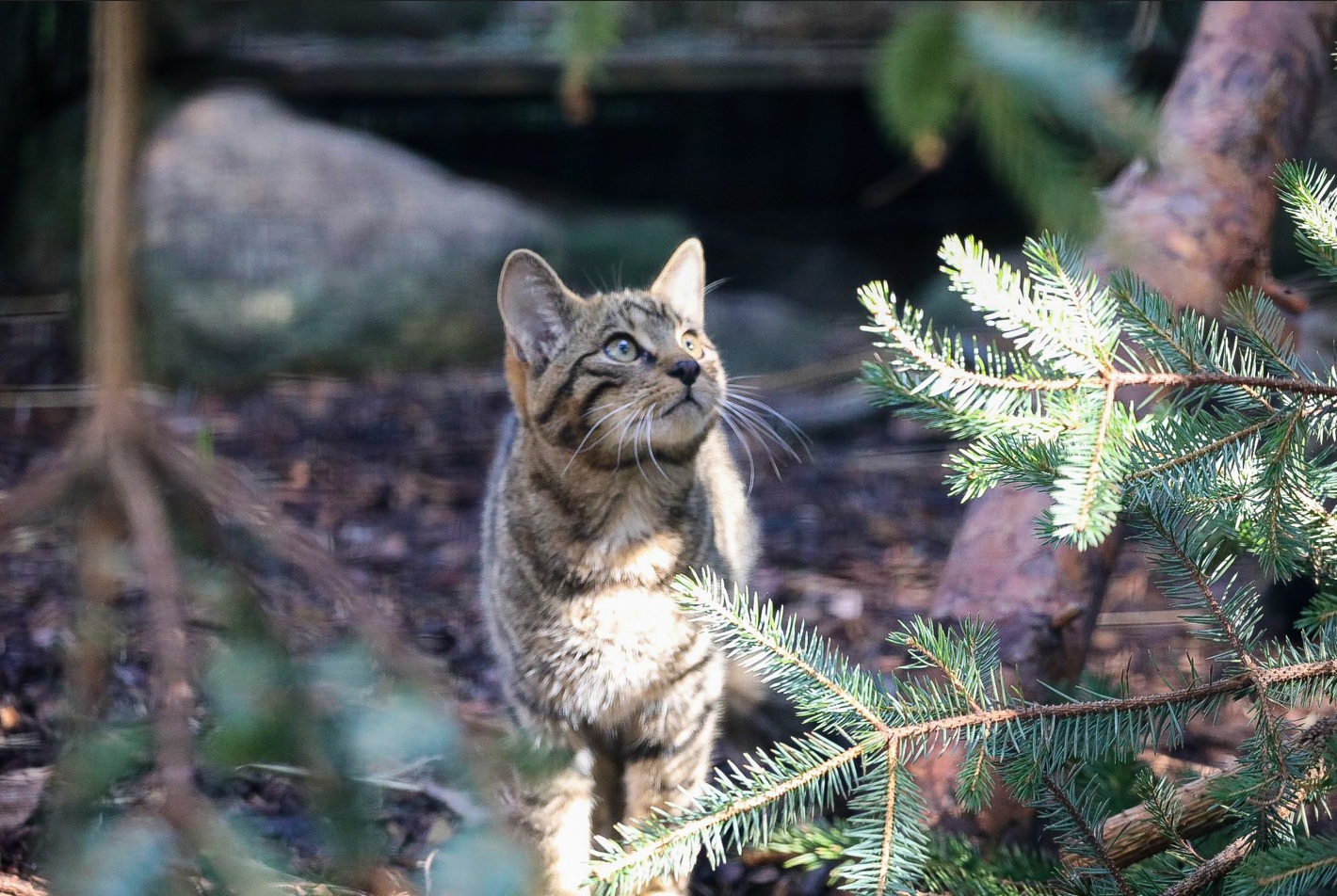
You can spot Fian, our female wildcat in Wildcat Wood.
Many other wildcats are being cared for away from public view in the Saving Wildcats conservation breeding for release centre, as part of a European partnership project our charity is leading to save the species from the brink of extinction in Britain.
Population
Unknown
Diet
Carnivore
Habitat
Forest
Fact file
Scotland's wildcats are a unique and highly threatened sub-population of the European wildcat, Felis silvestris silvestris
Although they may look similar to domestic (pet) cats, they do have some unique features, including their blunt and bushy tails and their genetic make-up! It can be very difficult to tell the difference between a wildcat, a domestic tabby, or a hybrid from looks alone
Thanks to their un-broken striped coats, wildcats have earned the nickname 'Highland tigers'
Saving Wildcats
Scotland’s wildcats are on the brink of extinction after hundreds of years of persecution and habitat loss, followed by breeding with domestic cats (known as hybridisation). Now critically endangered in Britain, there are barely a handful left and scientific research has confirmed the species will not survive without help.
The last hope for our Highland tigers is the Saving Wildcats project. Based here at the park, the project brings together national and international expertise to prevent the extinction of wildcats in Britain by breeding and releasing them into the wild.
Find out more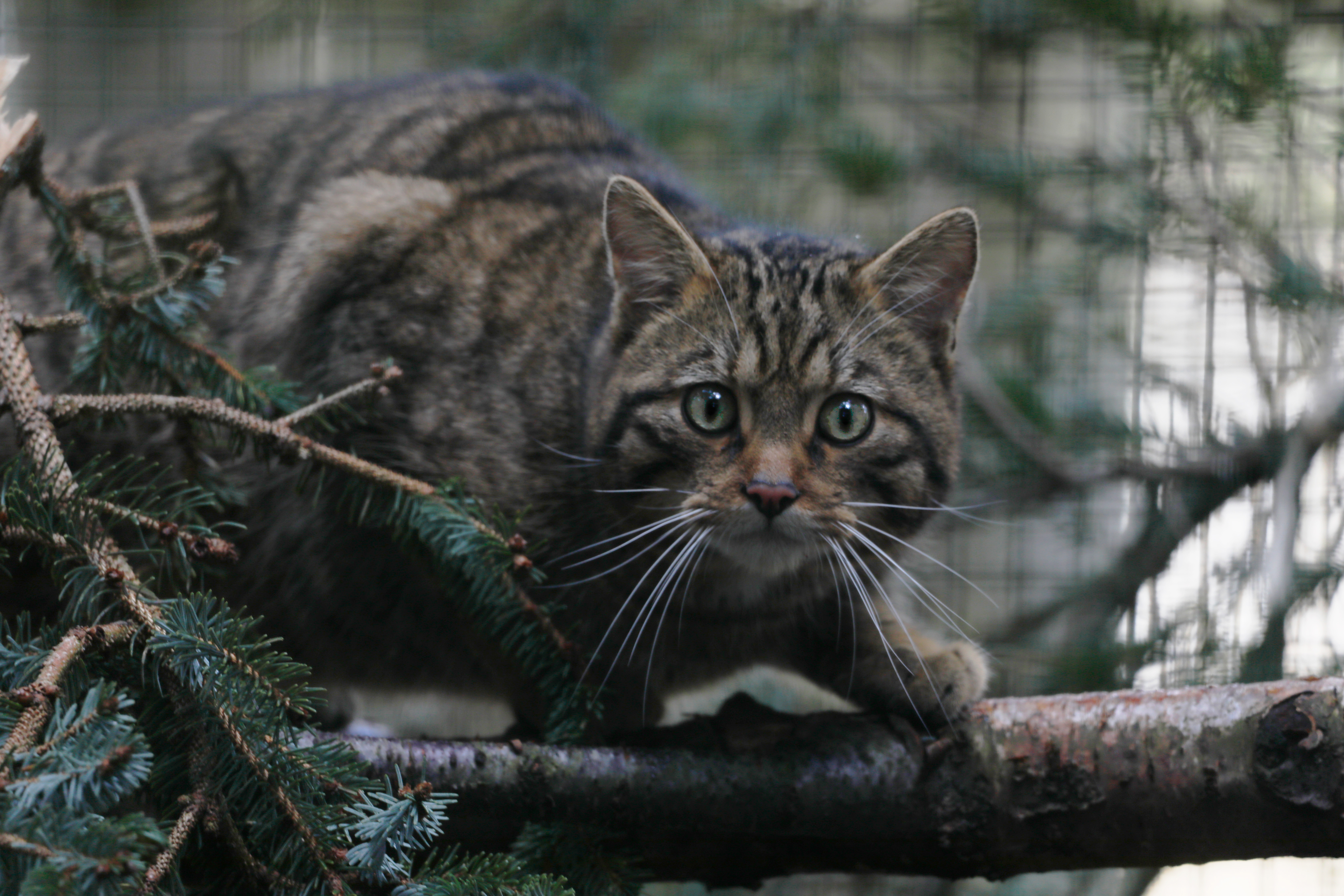
Wildcat news
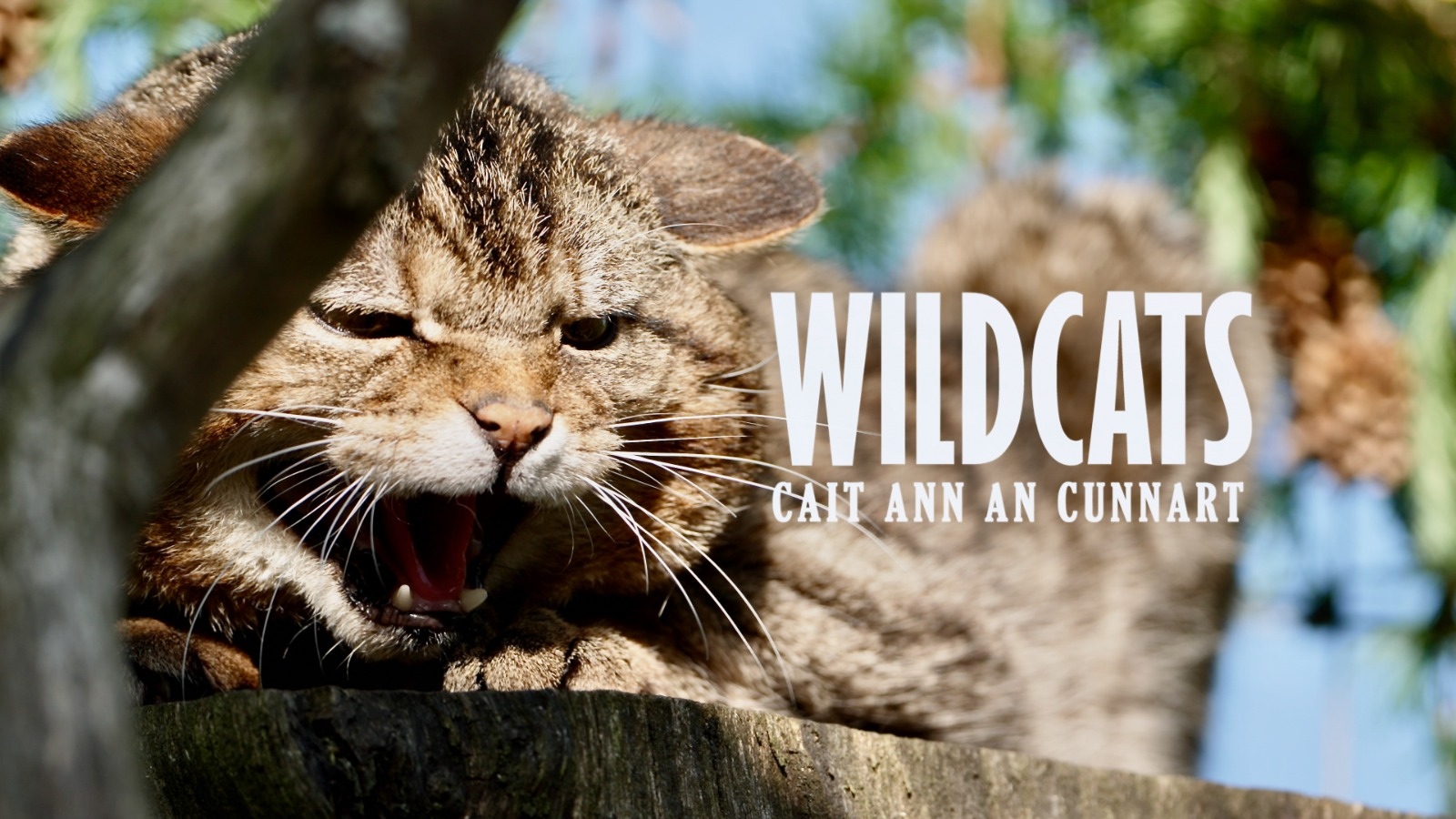
07 Jan 2025
Three minute read

How we're helping
Like all the animals in our care, our wildcats are amazing ambassadors for their relatives in the wild and help hundreds of thousands of people connect with nature every year. They encourage visitors to learn about the threats facing wildlife and the action they can take to help create a world where nature is protected, valued, and loved.
As a wildlife conservation charity, we care for the animals here at the park and work to protect species at risk around the world. From providing expertise in genetics and veterinary health to protecting wild places with local conservation partners, and even restoring threatened species to the wild, we are active where we are needed most.
Find out more about RZSS conservation
